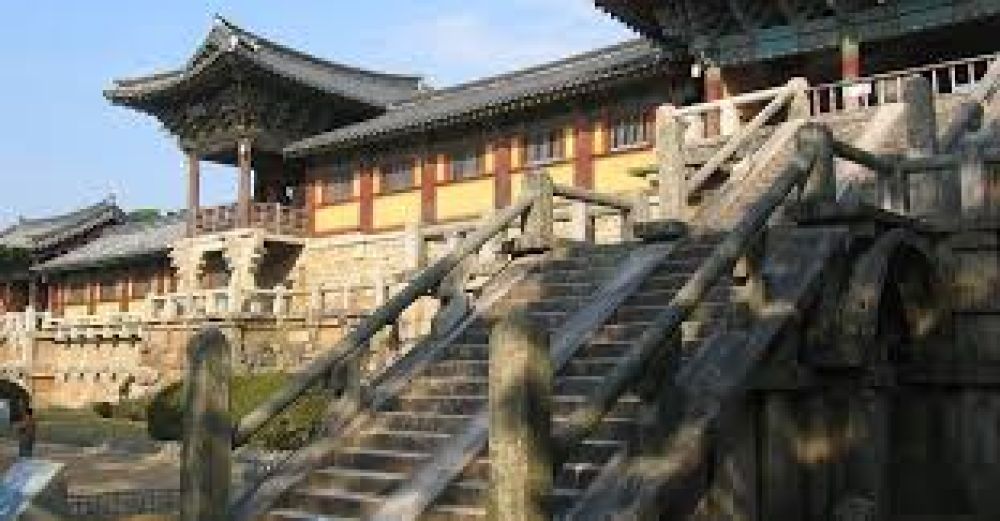

The food history surrounding Bulguksa Temple in Gyeongju is deeply intertwined with Korean Buddhist cuisine, also known as temple food. Gyeongju was once the capital of the ancient Silla Kingdom, and Buddhism played a central role in its history. The cuisine developed within this context is a reflection of the Buddhist precepts, emphasizing non-violence and harmony with nature. Meals are often vegetarian, avoiding garlic and onions in line with Buddhist dietary restrictions, and utilizing mountain herbs and vegetables, with an emphasis on balance and natural flavors. Traditionally, the food served to Buddhist monks at temples like Bulguksa was designed to support their spiritual practice, with nutrition and mindfulness at the core of each meal.
It's important to note that, although these dishes are traditionally prepared in certain ways, many restaurants in Gyeongju offer vegetarian or vegan versions to cater to a wide range of dietary preferences and restrictions.